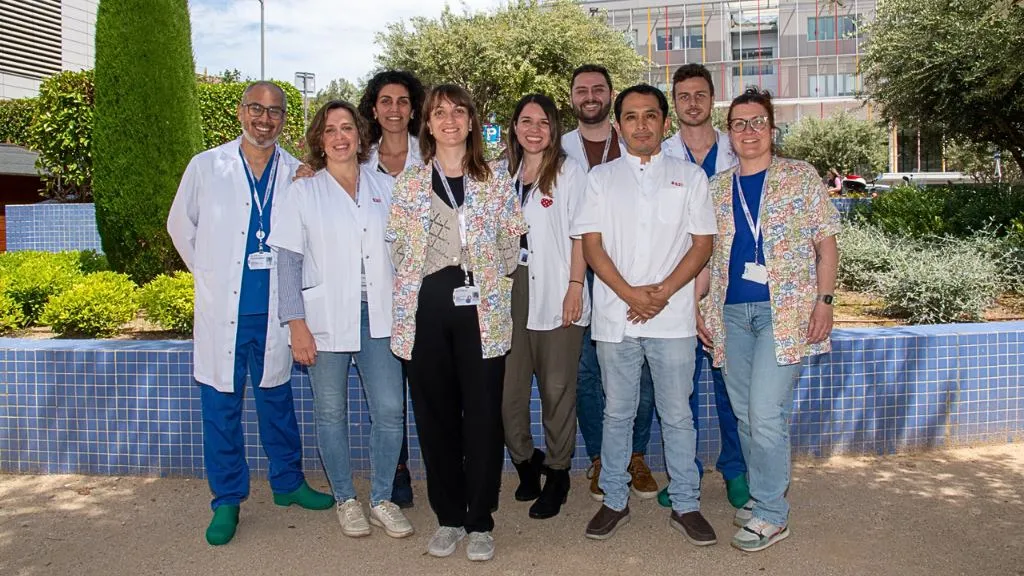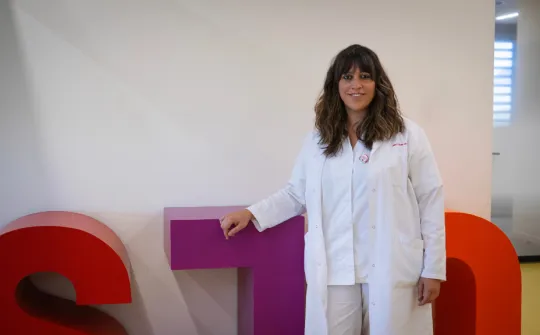SJD Barcelona Children's Hospital, the first hospital to use cardioneuroablation on pediatric patients with vasovagal syncope

In some cases, this minimally invasive technique can prevent the need for a pacemaker.
The SJD Barcelona Children's Hospital is the first hospital in Spain to use cardioneuroablation to treat pediatric patients with vasovagal syncope or fainting due to slowed heart rate.
These children have disproportionate reactions to certain stimuli, such as seeing blood or strong emotions, due to a malfunctioning sympathetic and parasympathetic nervous system. ‘Although it is not a dangerous incident, because these children recover almost immediately, their families experience a great deal of anxiety knowing that their child could faint at any moment,’ explains Dr Georgia Sarquella, Coordinator of the Arrhythmia Unit at the SJD Barcelona Children's Hospital.
As a result of this vasovagal syncope, when these patients faint, their heart rate drops to the point of stopping for a period of time, carrying with it the consequent risk to life. Pacemakers were traditionally the preferred option to treat the most extreme cases.
While pacemakers are a good option for many patients with bradycardia, they are far from ideal for children with neurocardiogenic syncope for two reasons: the electrical tissue in these children’s hearts works perfectly well, and because the dysregulation is, in many cases, only temporary.
Cardiology specialists at three Spanish hospitals attended a training workshop on this technique at the SJD Barcelona Children’s Hospital.
‘We had to find a more appropriate alternative for these patients’ needs,’ notes Sarquella. ‘Pacemakers were not the solution because they meant the children had to undergo several operations (to implant the device, change the batteries, the electrodes, etc.) and it carried several risks that, for these patients in particular, were totally unnecessary’.
That is why, two years ago, staff working in the Arrhythmia Unit decided to start treating the condition using a minimally invasive technique that was already in use on adult patients: cardioneuroablation. This technique involves introducing a catheter into a vein in the child's groin and working it towards the heart. Once inside the heart, the parasympathetic ganglia (which cause the reduction in heart rate) are ablated.

‘We know the exact mechanism causing the malfunction, because we implanted a subcutaneous Holter monitor beforehand, which helped us precisely identify and diagnose the issue. This device provides us with the information we need to determine which ganglion we have to treat and how, by using 3D mapping. We deactivate the ganglion by burning it,’ explains Dr Fredy Chipa, from the Arrhythmia Unit. Until now, eight patients have been treated with cardioneuroablation at the SJD Barcelona Children's Hospital.
Recently, cardiology specialists from three different Spanish hospitals travelled to the SJD Barcelona Children's Hospital for a training workshop on this minimally invasive technique. Attendees were able to sit in on one of three operations that took place on patients from Santander, the Canary Islands and Pamplona.



